SOURCE: AFI

In a strategic move to bolster energy cooperation, Russia has extended an offer to India for the deployment of its advanced floating nuclear power plant (FNPP) technology. This development, highlighted in a recent announcement, could mark a significant shift in India’s approach to sustainable and reliable energy production.
Russia’s proposal involves providing India with cutting-edge FNPP technology, which is designed to deliver stable and efficient power to coastal and remote regions. This technology, first successfully deployed in Russia’s Arctic region, promises to address some of India’s most pressing energy challenges.
Continue readingSOURCE: AFI

In a recent analysis, an Veteran Air Marshal M. Matheswaran, a former Indian Air Force (IAF) pilot, told Sputnik India that he has identified three primary factors that could have led to the helicopter crash involving Iranian President Ebrahim Raisi. The crash, which has garnered international attention, is under intense scrutiny as experts seek to determine the underlying causes of the incident.
The helicopter carrying President Raisi crashed while en route to a public event. Miraculously, President Raisi and other passengers survived, but the incident has raised serious questions about the safety and reliability of the aircraft. In the wake of the crash, aviation experts and military personnel have been assessing potential reasons for the mishap.
Continue readingSOURCE: AFI

Tata Advanced Systems Limited (TASL) is a leading name in Indian defense, renowned for its commitment to the safety of our nation’s brave personnel. TASL offers a comprehensive range of customized bulletproof jackets, meticulously designed to address diverse threats and operational requirements.
TASL’s bulletproof jackets are not a one-size-fits-all solution. They understand that different missions necessitate varying levels of protection. That’s why TASL offers a wide array of customizable features, ensuring a perfect fit for every hero, in every mission.
Continue readingSOURCE: AFI

Vice Admiral Rajesh Pendharkar, Flag Officer Commanding-in-Chief (FOCINC) of the Indian Navy, recently visited the Larsen & Toubro (L&T) Ship Building Yard in Kattupalli, India. During his visit, the Vice Admiral received briefings on the shipyard’s capabilities and its contributions to the ‘Make in India’ initiative. He was also updated on the progress of ongoing warship construction projects.
The L&T Kattupalli Shipyard is a vital asset to India’s shipbuilding industry. The shipyard’s expertise and experience play a key role in supporting the ‘Make in India’ initiative, which aims to promote self-reliance in the country’s defense sector.
Continue readingSOURCE: RAUNAK KUNDE / NEWS BEAT / IDRW.ORG

The Indian Ministry of Defence (MoD) is poised to greenlight a major deal for the production of 156 Light Combat Helicopters (LCH), named Prachand. This deal, estimated to cost ?45,000 crore, is expected to be presented to the Cabinet Committee on Security (CCS) by late August after the formation of a new central government in mid-June.
Sources within the defence establishment revealed to idrw.org that the Army and Air Force, which have already inducted a limited series of 15 LCHs, have proposed minor modifications. These modifications include the integration of an autopilot system and a ground collision avoidance system, enhancing safety and operational efficiency.
Continue readingSOURCE: RAUNAK KUNDE / NEWS BEAT / IDRW.ORG
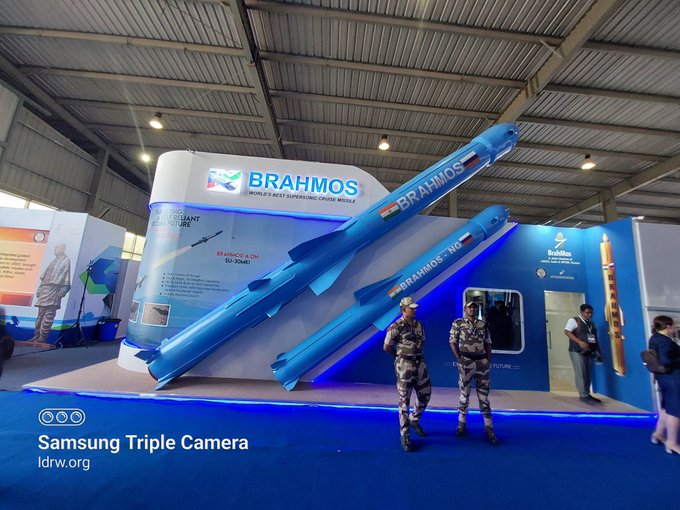
India’s BrahMos supersonic anti-ship missile has found its first export customer in the Philippines, highlighting the growing demand for such high-speed weapons. However, BrahMos faces a significant challenge: cost.
Advancements in air defence systems have driven many countries to seek supersonic anti-ship missiles like BrahMos. These missiles, capable of exceeding Mach 3 speeds, can potentially penetrate increasingly sophisticated defenses. Subsonic missiles, while cheaper, may struggle to overwhelm modern air defence capabilities.
Continue readingSOURCE: RAUNAK KUNDE / NEWS BEAT / IDRW.ORG

India’s Defence Research and Development Organisation (DRDO) has completed trials of its 30-kilowatt laser weapon system, marking a significant leap in directed-energy weapon technology. This high-powered system is now ready for mass production and user trials.
The laser weapon boasts an impressive operational range, capable of neutralizing helicopters and drones up to 5 kilometers away. DRDO highlights the potential for further extending this range, making it even more effective against aerial threats.
Continue readingSOURCE: AFI

Recently, a wave of misinformation has surfaced on social media, alleging that India’s newly commissioned aircraft carrier, INS Vikrant, has stability control issues. This disinformation campaign, primarily propagated by accounts affiliated with the Chinese Communist Party (CCP), leverages a video from INS Vikrant’s second sea trials. In the video, the carrier is seen performing a high-speed stop maneuver.
The video showing INS Vikrant’s high-speed stop trial has been misinterpreted by CCP-affiliated accounts to suggest stability control issues. In reality, the trial is a standard and necessary procedure for any naval vessel. The ship’s controlled stopping during the trial does not indicate any problems but rather confirms its capability to perform critical maneuvers safely.
Continue readingSOURCE: AFI

Hyderabad-based Abyom SpaceTech has achieved a significant milestone in its mission to revolutionize space exploration. The company recently announced the successful completion of their “Battleship Engine Testing Series,” marking a crucial step towards developing India’s first reusable rocket.
Abyom SpaceTech conducted an impressive 150+ tests using their innovative Mobile Rocket Engine Testing Facility (METF). This unique mobile platform allows for efficient and flexible engine testing, potentially accelerating the development process.
Continue readingSOURCE: AFI
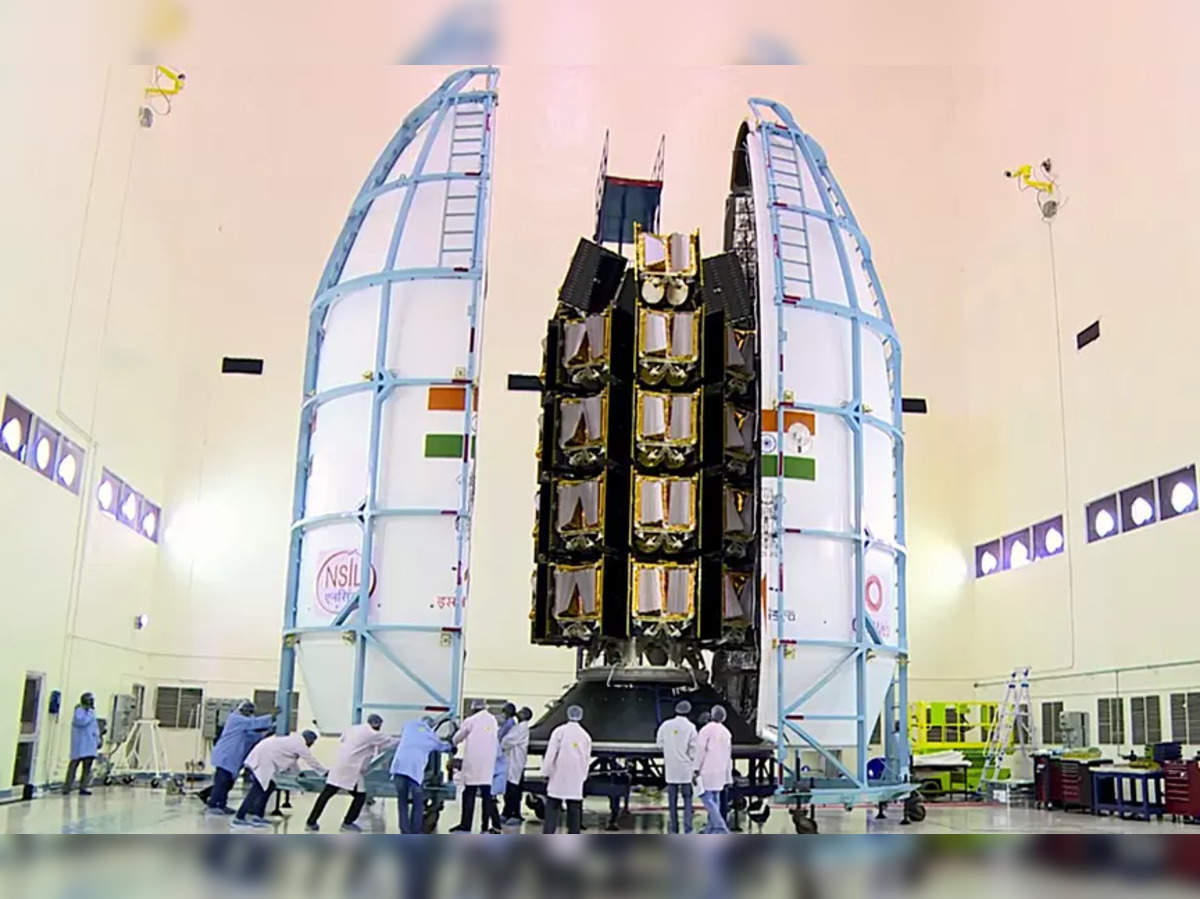
In a significant move reflecting India’s growing prowess in space technology, the Indian Space Research Organisation (ISRO) has announced plans to source payloads from domestic firms for its upcoming missions. This strategic shift marks a new era of collaboration between ISRO and the private sector, aiming to bolster India’s capabilities in space exploration and satellite development.
The Indian space program, spearheaded by ISRO, has been a beacon of scientific achievement and innovation since its inception. From launching the Mars Orbiter Mission (Mangalyaan) to deploying the Chandrayaan missions to the moon, ISRO has consistently pushed the boundaries of space exploration. The latest initiative to involve domestic firms in payload development signifies ISRO’s intent to foster a robust ecosystem of private space enterprises within India.
Continue readingSOURCE: AFI
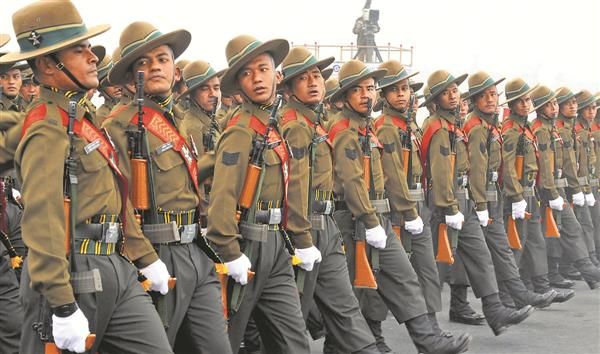
The Gorkha soldiers, renowned for their valor and combat prowess, have long been an integral part of the Indian Army. However, recent geopolitical shifts and evolving socio-political landscapes in Nepal have cast a shadow over this historic recruitment practice. As India grapples with these changes, the future of Gorkha recruitment stands at a crossroads, raising significant questions about tradition, loyalty, and regional diplomacy.
The Gorkha regiments of the Indian Army trace their origins back to the early 19th century, during the British colonial period. The Treaty of Sugauli in 1815 marked the beginning of this enduring relationship, with the British East India Company recruiting Gorkhas from Nepal. Post-independence, India continued this tradition, recognizing the Gorkhas’ exceptional martial qualities and their crucial role in various military engagements, from World War II to the Kargil conflict.
Continue readingSOURCE: IDRW.ORG.
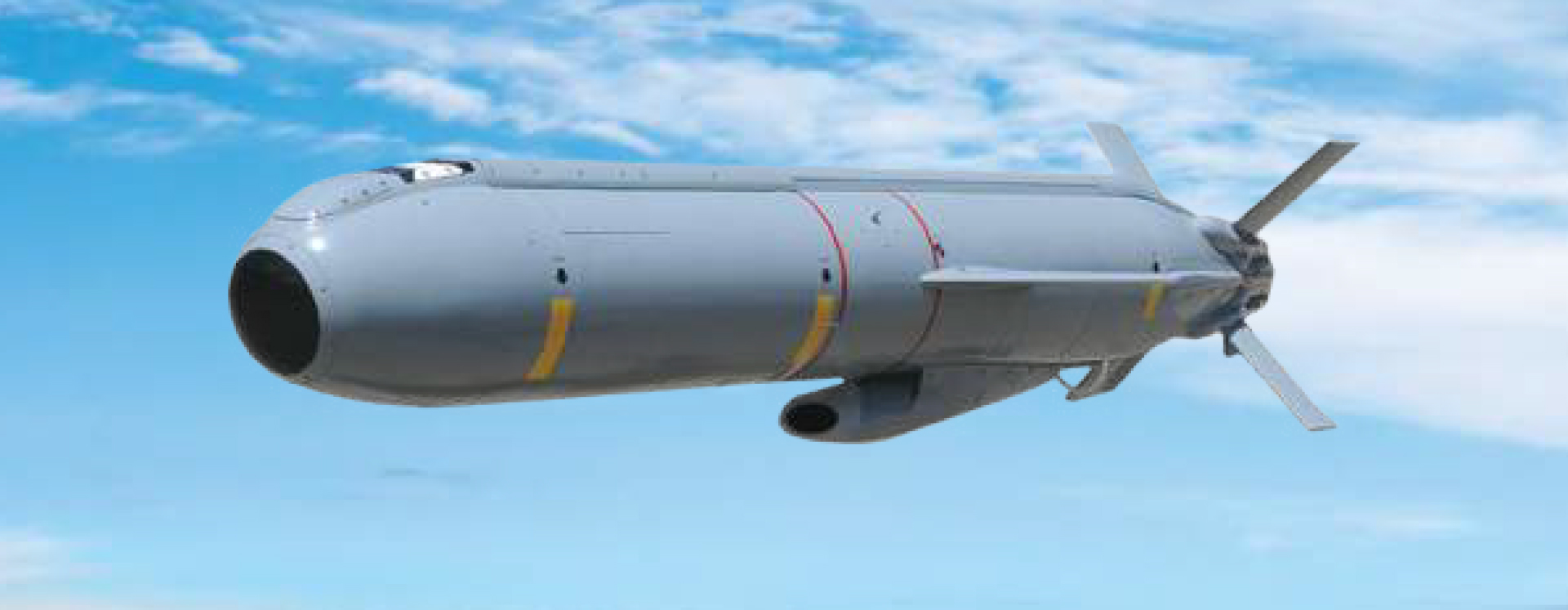
Elbit Systems has been courting the Indian Air Force (IAF) for some time now, offering its Delilah series of air-to-surface missiles. According to sources familiar with the program, the IAF is actively evaluating the Delilah as a potential addition to its arsenal, considering factors like price, technology transfer terms, and overall capabilities.
The Delilah missile stands out for its ability to loiter in an area before striking, allowing for positive target identification and minimizing collateral damage. This advanced weapon system boasts of a turbo-jet engine that enables a range of 250 kilometers and the ability to adjust flight profiles for optimal mission execution.
Continue readingSOURCE: IDRW.ORG.

The Defence Research and Development Organisation (DRDO) is seeking collaboration with private Indian companies for the manufacturing and fabrication of a hybrid Brake Parachute system for the Light Combat Aircraft (LCA) Tejas.
The Brake Parachute plays a vital role in ensuring the safe landing of the LCA. It supplements the aircraft’s primary wheel braking system by reducing its landing run, particularly beneficial on runways with limited space.
Continue readingSOURCE: AFI
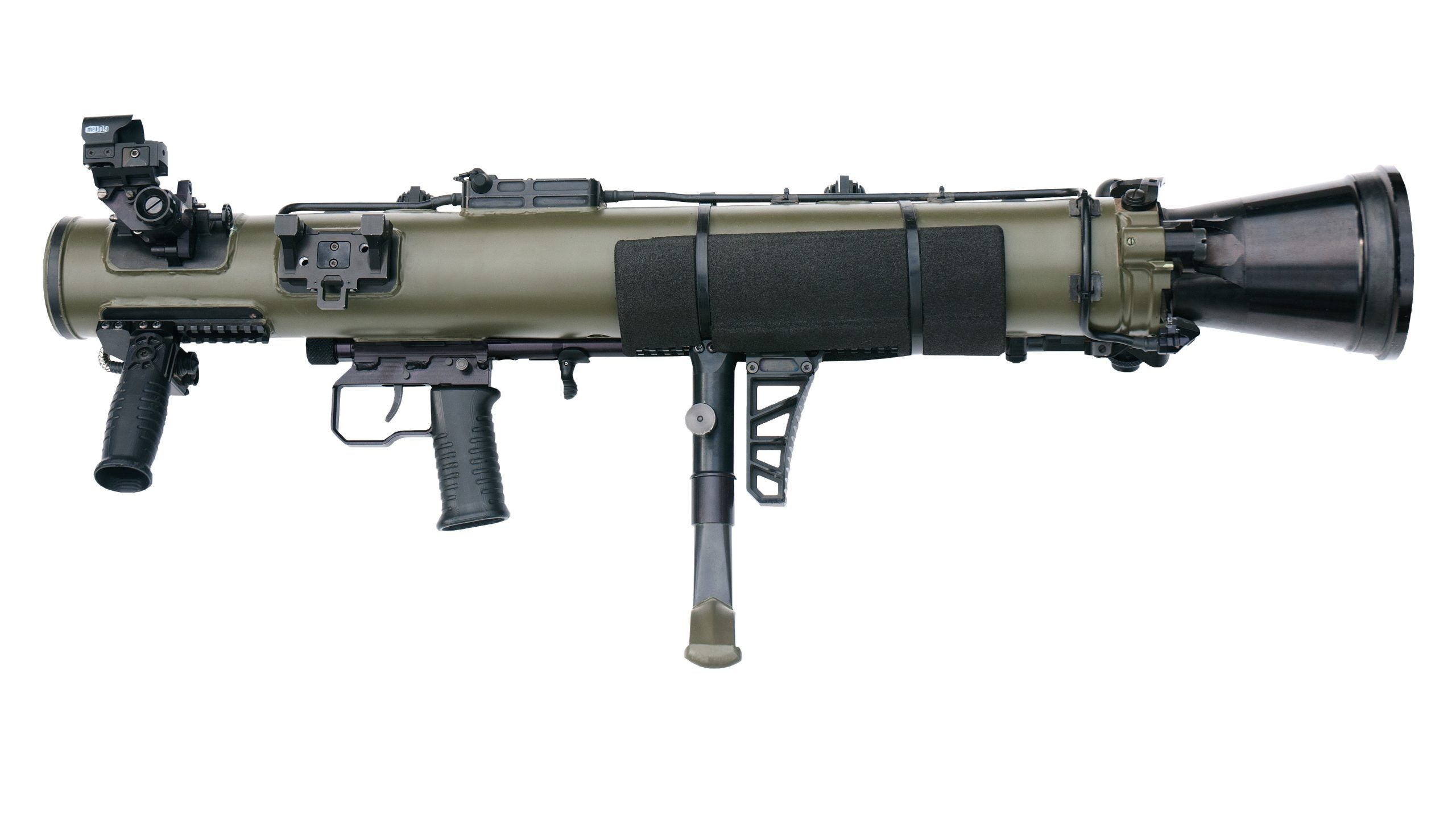
In a significant move towards self-reliance in defense equipment, India has signed a deal with Swedish defense major Saab to produce the Carl Gustaf M4 weapon system within the country. This agreement, announced on May 25, 2024, is a major boost to India’s “Make in India” initiative and will equip its armed forces with a next-generation shoulder-launched multi-purpose weapon.
The Carl-Gustaf is a man-portable, multi-role weapon system developed by Swedish defense manufacturer Saab. It is widely acclaimed for its robustness, ease of use, and adaptability to various combat situations.
Continue readingSOURCE: AFI

Canadian Prime Minister Justin Trudeau’s recent allegations against India have stirred significant controversy and speculation. Accusing India of involvement in the assassination of Khalistani leader Hardeep Singh Nijjar, Trudeau’s claims have raised eyebrows and drawn criticism. However, closer examination suggests that these allegations may serve as a diversion from Nijjar’s own contentious activities and misdeeds. This article delves into the background of Nijjar, the allegations made by Trudeau, and the broader implications of this political maneuvering.
In a dramatic statement, Prime Minister Trudeau accused Indian agents of playing a role in the assassination of Hardeep Singh Nijjar. Nijjar, a prominent figure in the Khalistani separatist movement, was killed in Canada, sparking outrage and concern within certain segments of the Sikh community. Trudeau’s allegations have strained diplomatic relations between Canada and India, prompting discussions about international law, sovereignty, and counterterrorism.
Continue reading